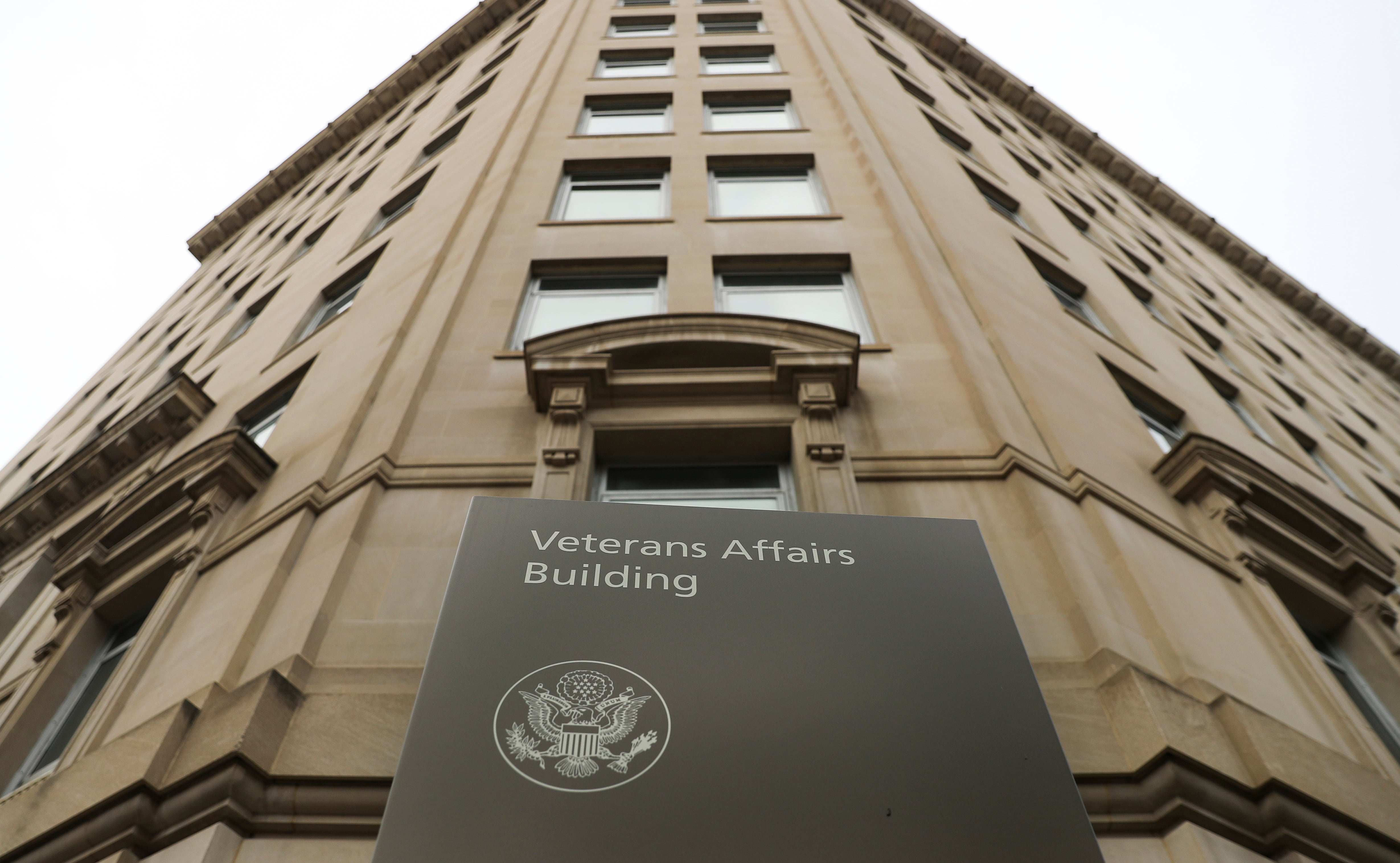The Coast Guard's advancement pipeline is opening up in a few places, after years of gridlock caused by the service's notoriously high retention rate, according to officials.
That progress is due to multiple factors, including force-shaping measures like tighter re-enlistment standards and high-year tenure that the service has put in place in the past few years, said Lt. Cmdr. Eric Helgen, chief of the the policy and standards division at the Coast Guard's Office of Military Personnel.
However, Helgen stressed that the measures aren't part of a plan to trim down the Coast Guard. It's more about freeing up space for more junior Coasties to advance.
"High-year tenure is a workforce flow tool, it's not a tool designed to trim the force," he told Navy Times in an April 2 phone interview. "It just so happens that folks who aren't advancing in accordance with the professional growth points, the end result is, potentially, separation."
The flow is opening up, added Lt. Matt Zinn, from the personnel management directorate's workforce forecasting and analysis office.
Following years of a 95 percent retention rate, the Coast Guard saw an 11 percent attrition rate in fiscal year 2014.
"For us, for a healthy workforce, we'd like to see the loss rate between 10 to 12 percent," Zinn said. "We're back into our sweet spot. "
The shaping measures and stabilized attrition rate have knocked loose coveted spots in 'A' school, which are down to a one-year wait from a high of three years previously.
Going forward, Zinn added, the service is looking to bring in 3,250 new members in fiscal 2015, up from 2,750 last year.
Big opportunities
Though turnover is expected to hold steady for the next few years, the Coast Guard is still working to fill a few undermanned career fields.
According to a recent servicewide message, they're in the market for food service specialists and operations specialists in particular.
"We've noticed that for both FSs and OSs, the first-term re-enlistment rates have been below average [compared] to the Coast Guard standards," Zinn said.
That might have something to do with those jobs' ship-to-shore ratio, as they're both heavily focused on sea duty.
The second and third classes in both ratings are considered critical, but there are incentives in the works for the ratings overall, from schooling opportunities to — just maybe — an unheard of enlistment bonus.
For that reason, the assistant commandant of human resources announced March 20 that unrated seamen can waive their four-month requirements to attend FS or OS 'A' school.
In the Coast Guard, seamen usually are required to spend four months at a duty station as a non-rate before advanced training.
And for those looking at the aviation mechanical technician rating, the service is increasing spots from 140 to 160 at 'A' school this year and possibly in fiscal year 2016, which begins in October.
There are also opportunities for prior-service Coast Guardsmen through the Open Rate List. Direct accession is available for boatswain's mate second class, FS2, FS3, OS2 and OS3.
On top of that, FS3 and OS3 are open to prior-enlisted members of any branch of the military.
And though the Coast Guard has suspended most bonuses due to budget constraints, there is a chance that OSs and FSs could receive a Selective Re-enlistment Bonus, Critical Skills Training Bonus or Critical Skills Retention bonus, according to ALCOAST 107/15.
"If there's any funding that becomes available, we'll definitely look into that, and look into other ways to incentivize those members," Zinn said.
The full list of critical rates includes: AMT3, BM2, FS3, FS2, information specialist 3rd class, IS2, OS3 and OS2.
Several rates are also stressed, but expected to return to normal within the next year. Those include avionics electrical technician 3rd class, aviation survival technician 3rd class, electrician's mate 3rd class and maritime enforcement specialist 3rd class.
On the outs
For those facing involuntary separation because of high-year tenure, those critical ratings provide a loophole.
Coast Guardsmen in the AMT, FS, IS and OS ratings should apply for high-year tenure waivers, according to ALCOAST 107/15.
For everyone else, the service has streamlined the HYT schedule for fiscal year 2015, according to a message released March 26.
Effective immediately for E-9s — or Dec. 31 for all other enlisted ranks everyone else — HYT screenings are aligned to calendar years rather than fiscal years. This means that that anyone who hits their time-in-service cap limit before Dec. 31 becomes eligible for separation in 2016.
Any E-9 who hits 30 years this year will be eligible for the 2015 HYT cycle, as there's only one billet above master chief, and Master Chief Petty Officer of the Coast Guard Steven Cantrell still has a few years left in the job. CAN YOU REPHRASE TO MAKE IT CLEAR WHY CANTRELL DOESN'T FACE THIS (CRITICAL RATE, OR LESS THAN 30 OR PAPP CUT HIM A DEAL, ETC)
The change ensures that Coast Guardsmen will move to the HYT list before they might receive orders. This ensures that thThere will therefore be fewer gapped billets, in which someone with orders hits his or her HYT mark and is separated before moving to the new billet.
Previously, Helgen explained, members were becoming eligible for HYT as soon as they reached their enlistment anniversaries, which meant that they might get orders cut in January to move in July, but then come up for involuntary separation in May and leave the billet empty.
Now, they'll move to the HYT list before final orders go out, with separations scheduled for summer permanent change-of-station season.
"Not only will you know your candidate pool fairly early in the process during the time when orders are being issued, you'll know when those folks are cycling out, so basically you end up with less billet gaps than we've been experiencing in the past," Helgen said.
For 2016, HYT limits are:
- E-9: 30 years
- E-8: 26 years
- E-7: 24 years
- E-6: 20 years
- E-5: 16 years
- E-3 and E-4: 10 years
Additionally, E-1s and E-2s will not be extended or re-enlisted beyond their current contracts.
Just under 600 Coast Guardsmen were separated after the fiscal year 2014 HYT cycle, Zinn said.
Meghann Myers is the Pentagon bureau chief at Military Times. She covers operations, policy, personnel, leadership and other issues affecting service members.










